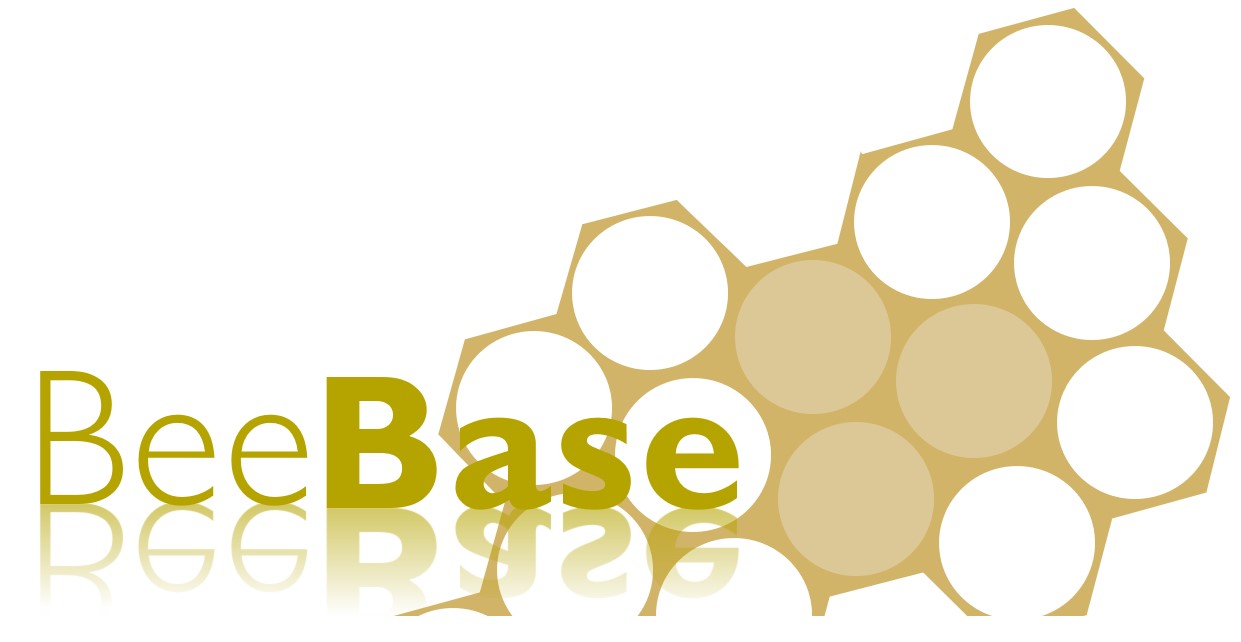Symptoms and Cause
The causative agent of this infection is the organism Malpighamoeba mellificae. It is a single celled parasite which affects the excretory organs (Malpighian tubules) of adult bees. All castes are susceptible, but drones and queens are rarely infected. Infection occurs when the dormant form of the parasite is ingested via the faeces of infected bees. The parasite then germinates and invades the Malpighian tubules, where they multiply at the expense of the excretory cells of the bee. Cysts pass into the rectum to be discharges with the faeces.
A positive diagnosis of M. mellificae can only be made by microscopic examination to identify the amoebic cysts. It has been suggested that infections of M. mellificae are associated with spring dwindling, dysentery and shortening the lifespan of infected bees. However, there is no evidence to support this, and the effect of an infection is not clearly known. M. mellificae infections are very often found in association with Nosemosis and it is likely that a dual infection will be more damaging to the health of the honey bee.
Treatment and Control
Hygiene and good management is the key to controlling spread of the organism, as with Nosema and other infections. There are currently no approved proprietary products registered for the control of M. mellificae in the UK, however the following may help to reduce the risk of occurrence:
Autumn feeding should be completed before the weather turns cold to allow time for the colony to take down the sugar syrup and reduce the water content to a safe level;
Avoid feeding fermented syrup and honey;
If making your own sugar syrup, use refined sucrose or white table sugar. Do not use brown sugar. Alternatively feed with a ready-made syrup, such as Ambrosia, Apisuc or equivalent;
Regularly change comb in a hive and try to avoid using comb older than 3 years. New comb from infected colonies can be sterilised with acetic acid. See the 'Hive Cleaning and Sterilisation' factsheet for information on how to carry out this procedure.
